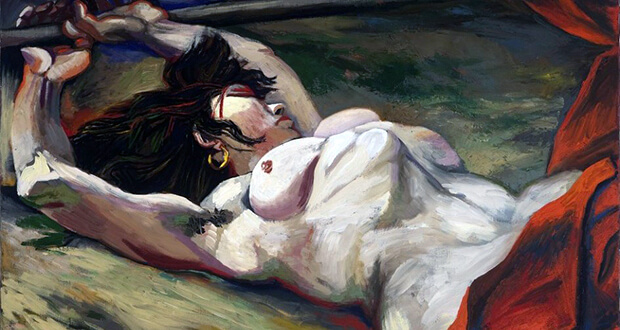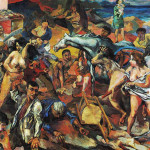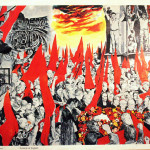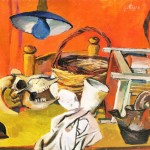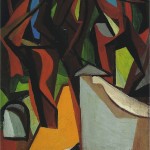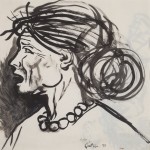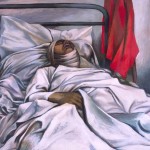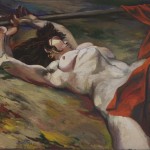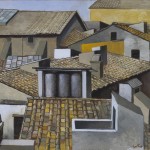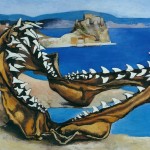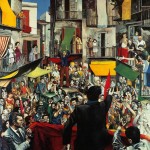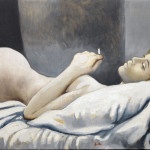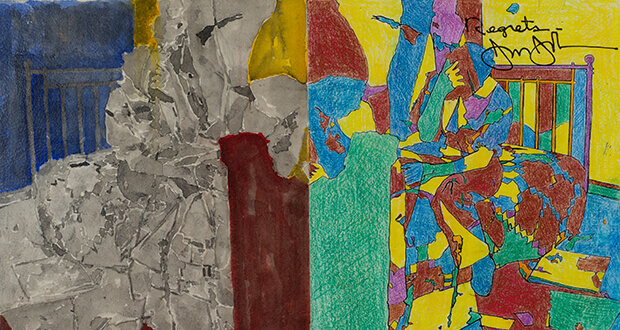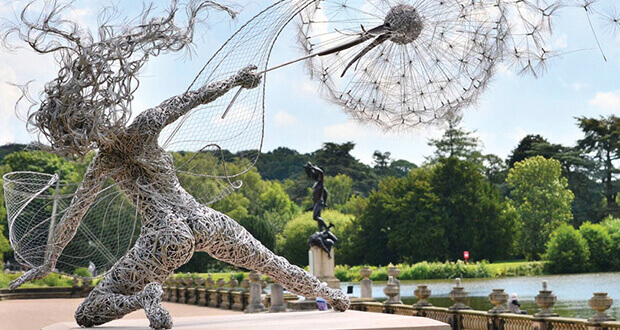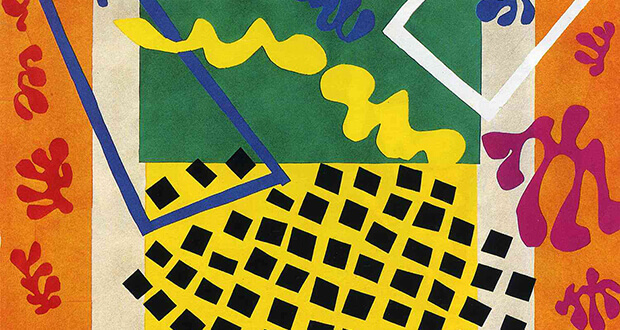Estorick Collection of Modern Italian Art, London
14 January – 4 April 2015
The prestigious “Estorick Collection” (founded by the American sociologist and art collector), celebrates the surprising Sicilian painter: an important exhibition is dedicated to Guttuso, one of the post- war most significant painter, at the permanent gallery in London for the Italian art, unique in his genre.
Organized in collaboration with the Major Art Gallery of Bologna, “Renato Guttuso: painter of modern life” is the first retrospective in London focusing on this important artist in almost twenty years, presenting to Londoners a majestic personality of Italian modern art.
Renato Guttuso (1911-1987) used his art as a social protest, rejected the academic principles of art and followed a brand new artistic movement who emphasized experimentation, introducing brave bodies into space and exploring the entire colour spectrum.
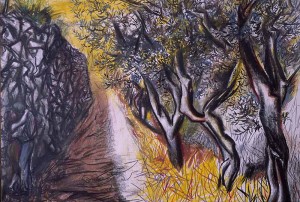
Born in Sicily to a peasant family, Guttuso experienced economic hardship under the Fascist government. When he moved to Milan he developed a style of “social art”, focused around a moral and political message. He assumed the role of defender of the post- war horrors, characterized by a strong political activism, side by side with the tumult of people, especially from the south of Italy, his birth place.
Strong contours and vibrating colors are the protagonists in the exhibition. The art critic Maurizio Calvesi describes the lively colors of Sicily in Guttuso: ”like the fire of Etna, like the turquoise of the Tyrrhenian Sea, like the green of a lizard and vegetation [and] the yellow of oranges and sulfur”.
Gattuso stands against the abstract and naturalism painting of the fascist culture, he creates a style that influenced the post- war Italian art movement. He was deeply influenced by Picasso, especially by his touching painting about protest and moral resentment, Guernica, guidelines for all his artistic career.
Dead of a Hero, Community’s assembly, are some of the precious paintings you can admire in the exhibition, and in addiction there are shown Gattuso’s works celebrating the landscape and Italian southern population, like in House in trees, Landscape and lovers, Watermelons. The event give you a unexpected gift, a promotion of Sicily’s beauty: the newspaper The Guardian defines the event and Guttuso as “surprising”.
The art critic Jonathan Jones signs the article and shows the communist background in Rome at that time, the satire in his paintings, and said about the artist: “the communist artist that loved Marilyn Monroe”, referring to the neorealism in movies culture like Rossellini and Visconti.
In addiction, the exhibition presents some draws of the English artist Peter de Francia, friend of Guttuso. “The most European between the British artists was his friend during the post-war period and share with Guttuso the same academic studies and also they both lived in Rome.
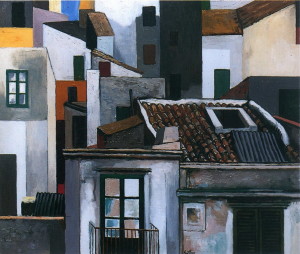
At the opening ceremony of the event were missed the artist’s son, Fabio Caparezza Guttuso and any personality from Bagheria. The only one who represented the city of Bagheria was the social media manager Antonella Sciortino: “Culture brings investments, here in London are longsighted. This is a lively place with more awareness”. The entrance ticket is cheap, only 5 pounds, even if the gallery gives to visitors the opportunity to give freely money for support. There is also a rich calendar of events correlated to the exhibition, debates with university professors, historic analysis and practical activities in order to let visitors closer to the spirit and work of the artist.

